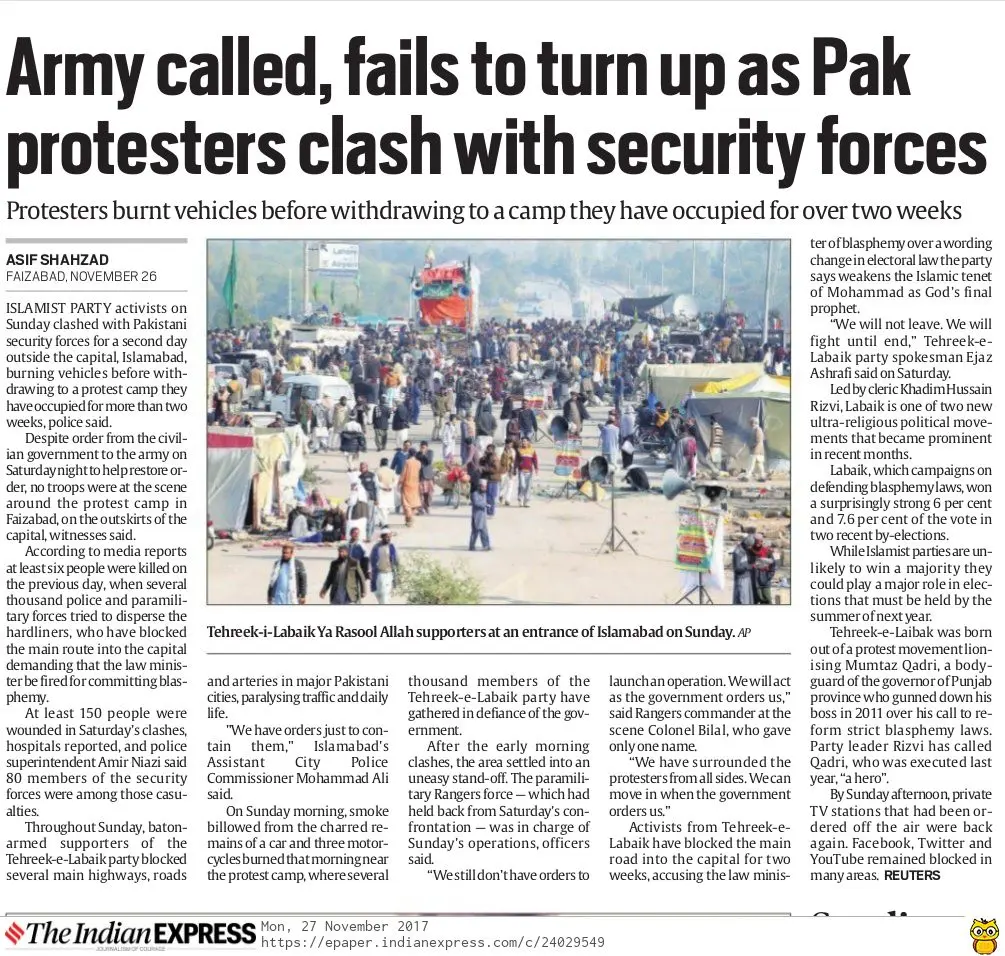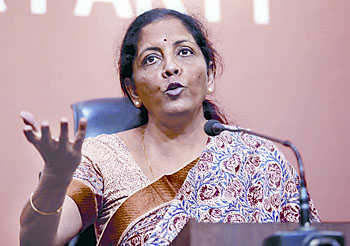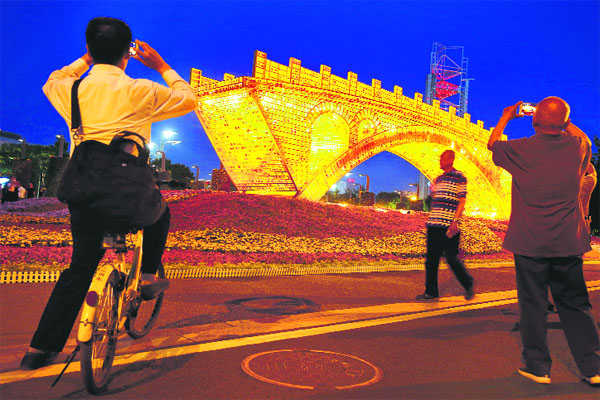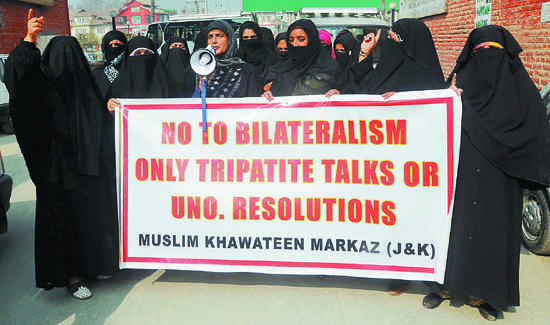Instead of respecting the sanctity of our past, why are we bent on destroying it?
Why is there such an outcry over a film about Padmavati that has not even released? For some time last week I broke free from answering this question as I walked through my beloved city Allahabad. This city, while being rebellious by nature, has become a victim of destruction by destiny.
It is not possible that you walk the city’s streets and history doesn’t knock on the windows of your mind. I remembered this when I reached the place where Hindu Hostel used to be located. This was where Chandra Shekhar Azad emerged from and went to Company Bagh before the police surrounded him. After a long and fierce encounter when he realised he was running out of bullets, he shot the last one through his own temple so that the British could not capture him alive. Even today, the statue of Azad twirling his moustache appears to be challenging the British colonialists.
What an incredible setting! Located next to each other, the Hindu Hostel, Company Bagh, Indian Press and Mayor College together recount innumerable stories of education, culture, colonialism, protests and repression.
For the uninitiated, Mayor College is now better known as the Science Faculty of Allahabad University and Indian Press shut down more than half a century ago. This is the place from where Saraswati, the monthly magazine edited by Pandit Mahavir Prasad Dwivedi, was brought out and played an important role in helping Indians get conversant with literature, culture and values. Some distance away from Indian Press are located the Anand Bhavan and Swaraj Bhavan. Motilal Nehru played his part to strengthen the Congress’s nationalistic character from here. This is where young Jawaharlal Nehru learned the alphabet of politics and Indira Gandhi opened her eyes. As a young journalist, it is here that I met a grief-stricken Rajiv Gandhi after the assassination of Indira Gandhi. On the first floor, Rajiv couldn’t hold back his tears looking at the childhood toys of ‘Priyadarshini’.
At that time the multicultural character of Allahabad was still alive.
In one part of the city stayed Firaq Gorakhpuri and in another Mahadevi Verma. Naresh Mehta, Bhairav Prasad Gupt, Jagdish Gupt, Shailesh Matiyani stayed in different parts of the city but all of them strived towards reaching a common destination: Allahabadiyat.
During my Allahabad trip, I also discovered that very few people knew about Captain Mahendra Nath Mulla. During the 1971 war, the Pakistanis had sunk our warship Khukri. Mulla was its captain. In true naval tradition he went down along with the vessel he was commanding. At one time he was a hero for our generation, but today few people remember him. Compared to him, many more people are aware of the family associated with Anand Bhavan. But these days through the university of WhatsApp, an assortment of ridiculous stories are is being spread about them. This is the misfortune of every Indian city. In order to create a new identity, we’ve destroyed the old, but couldn’t create anything that future generations can be proud of.
It is true Indians don’t know how to keep the sanctity of their history intact. If we knew how to do that, so much outrage wouldn’t have been unleashed over Padmavati. Till now six state governments have already said that they won’t allow the film’s release. Before I left for Allahabad, I remembered watching an interview with Arvind Singh Mewar, a descendent of Rana Kumbha, on YouTube. Sitting in his palace, in an interview given to a magazine, he conceded that he doesn’t have any photograph of Padmavati in his possession. The reason? There was no convention of clicking photographs at that time. We are fighting over what happened more than 700 years ago since we don’t have any documentary proof about it. However, the memories of the leading lights of Allahabad and many other Indian cities are still fresh in people’s minds. Why rake up controversies over them?
The reason is clear. Rather than nurture what history has given us, we want to kill it. Why do we forget that humans cannot obliterate history? We should nurture it with care so that we can receive wisdom from it when the need arises. But the exact opposite is taking place. For petty gains, our politicians are ready to change the names of cities, roads and memorials. Going a step further, some of them even talk about demolishing the Taj Mahal. Irrespective of which party gains from this, the common man gets caught in an intellectual morass. This is akin to playing with the nation’s heritage.



















































































